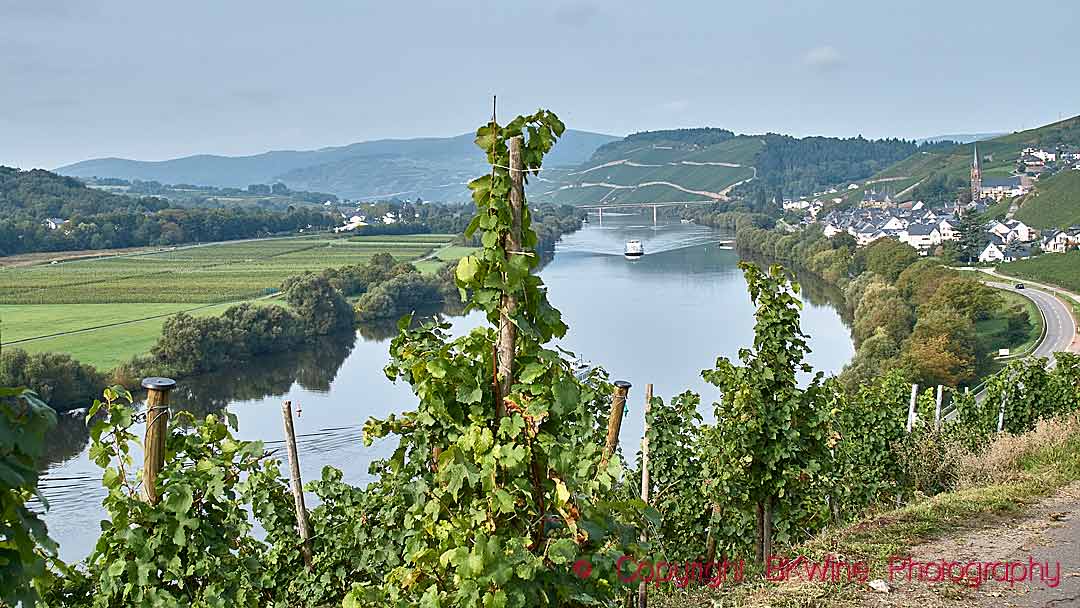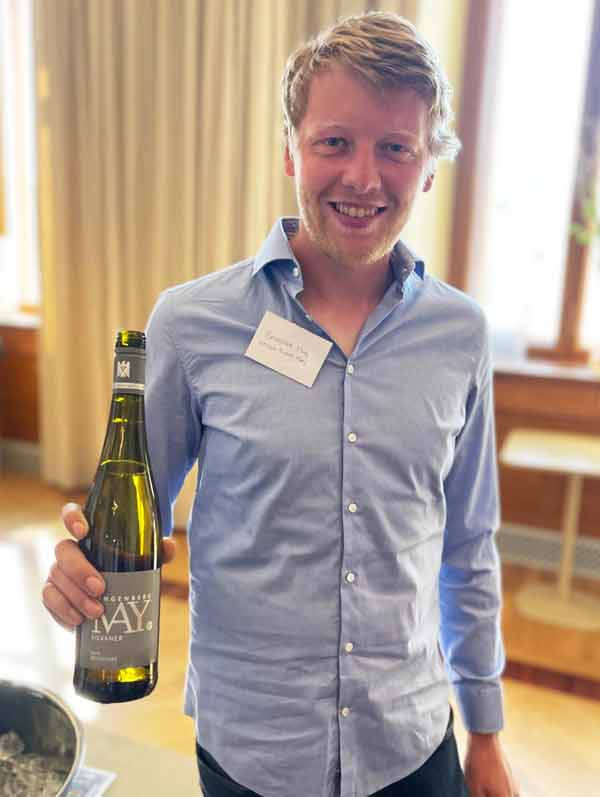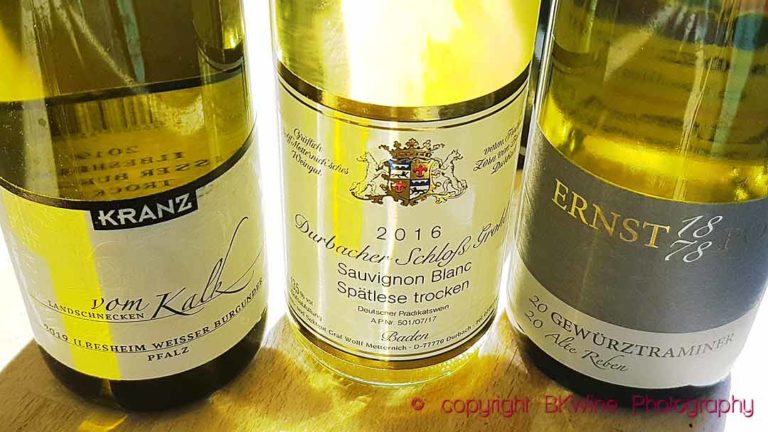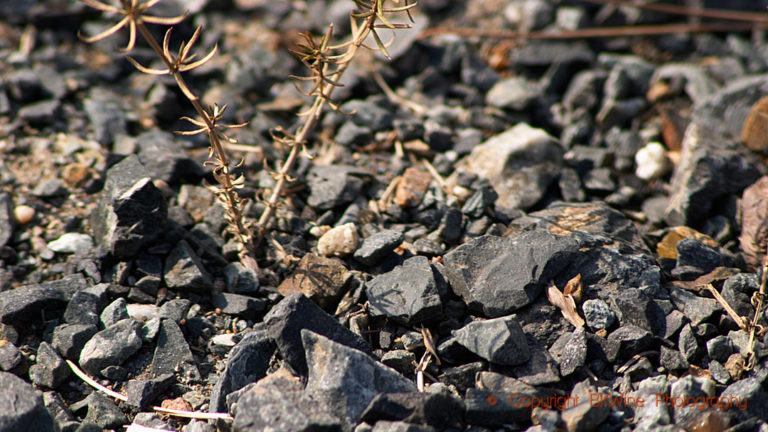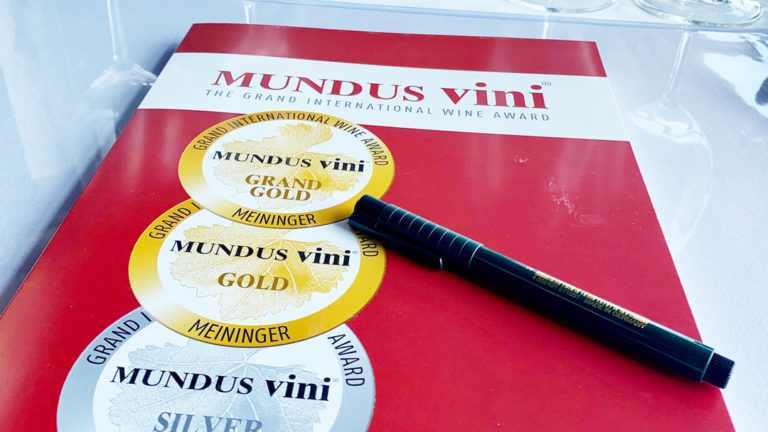Hunting the thimble among German wines
German wines have undergone an enormous quality development in recent decades. A new generation of winemakers has taken over their family vineyards. Not infrequently, the young winemakers have done oenology training in Geisenheim and also practiced outside the family, often also abroad and brought new influences home to the family. Yes, the family is still central to German wine production as there are often small farms with sometimes a few hectares of plantations. Well-educated winemakers in combination with climate change have led to a quality revolution in the vineyards and there are no bad vintages anymore, just different ones.
This was well illustrated by Wines of Germany’s tasting of “Riesling & Friends” recently in Stockholm. The invited producers had received information that organic wines are popular in Sweden, which was reflected in who chose to come here.
German wines are on the rise in Sweden, albeit from low levels. Many people may still remember from their youth painful Liebfrau experiences and sweet wines from funny bottles or overoaked and residual sweet red wines that did not make anyone happy. But today’s German wines are something completely different. Crispy and mineral-driven white wines and often well-balanced elegant red wines that stand up well to the best in the world and still at fairly humane prices.
So it was with great anticipation that I set out to taste the wines from the 19 producers who took the time to show off their products. Maybe some unknown coming stars would appear?
Many of the producers have no importer in Sweden and that is probably one reason why they wanted to show themselves to importers, writers and the general public at the National Museum. The theme was, as I said, Riesling & Friends, but the question is whether it was not more the opposite, Friends & Riesling. Many producers showed off a Riesling and six or seven other wines. You may think it is charming and shows a breadth, or it may indicate naivety when you want to find an importer who will sell to Swedish wine consumers. The probability that lemberger, weissburgunder or German pinot grigio will be the way into the Swedish market is probably not that high. Although of course it would be fun if that were the case.
The quality of what was shown was quite mixed and there were probably not an abundance of future stars; the most famous producers were the ones who also had the highest quality in the glasses. I found, for instance, brilliant silvaners from VDP producer Rudolf May in Franconia. You notice the professionalism both in the glass and in the selection of wines. The son Benedikt chose to show what he is best at, silvans and spätburgunder. Everything mineral-driven and elegant, well worth looking out for. Franken is perhaps best known for just silvans, but there are also very good spätburgunder made in the region, so also those from Rudolf May.
Another established VDP producer that stood out with its quality was Balthazar Ress from Hattenheim in Rheingau. Elegant and acidity-driven Riesling where the top wine Nussbrunnen Grosses Gewächs 2019 was by far the best Riesling today.
If one is to try to find a future star among the producers outside the quality association VDP, it would then be Weingut Krebs from Freinsheim in the Palatinate. They make very good riesling and spätburgunder that were shown by Swedish-speaking Ann-Kathrin Krebs. Her husband Jürgen Krebs is best friend with Sweden’s more established Andy Rings from the neighbour Weingut Rings, also known for their nice spätburgunder and they have probably been inspired by each other. Krebs Spätburgunder Musikantenbuckel was in my opinion the best red wine of the day, possibly in competition with the Franken wines from Rudolf May.
Other good wines were spätburgunder from Robert König in Assmanshausen, Rheingau, Riesling Kirchberg from Weingut Riffel in Rheinhessen, Spätburgunder 2014 GG Löchle from Burg Ravensburg showed that German spätburgunder wins in a few years in the cellar.
In summary, as I said, it was fairly mixed quality. Some really good but also some over-oaked red wines and anonymous whites. Nice with a lot of organic wines but just organic is not enough, it must be good too. And of course it’s fun with unusual grapes like roter traminer, cabernet blanc and German pinot meunier. But whether that is what attracts Swedish consumers to drink more German is doubtful.
Another thing that can be confusing for consumers who are not so wine savvy is the use of different names for the same grapes. Both spätburgunder / pinot noir, weissburgunder / pinot blanc and graburgunder / pinot grigio were served. It may be charming but perhaps not so commercially well thought out if you want to reach more consumers?
So back to the headline, where’s the thimble? Not easy to find, I have to say, after a few hours on the tasting. The New Germany can do better than this, even outside the VDP. There are lots of upcoming stars that wine promoters should be able to attract to come here if they make a little effort and make a more active choice of which ones they invite among the producers. But maybe it’s difficult when you have to represent everyone and not be allowed to discriminate against anyone?


